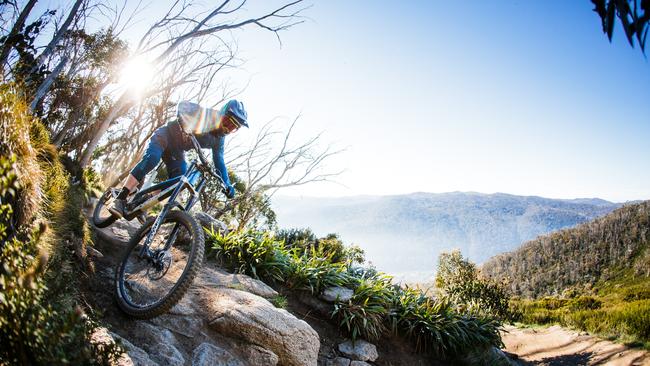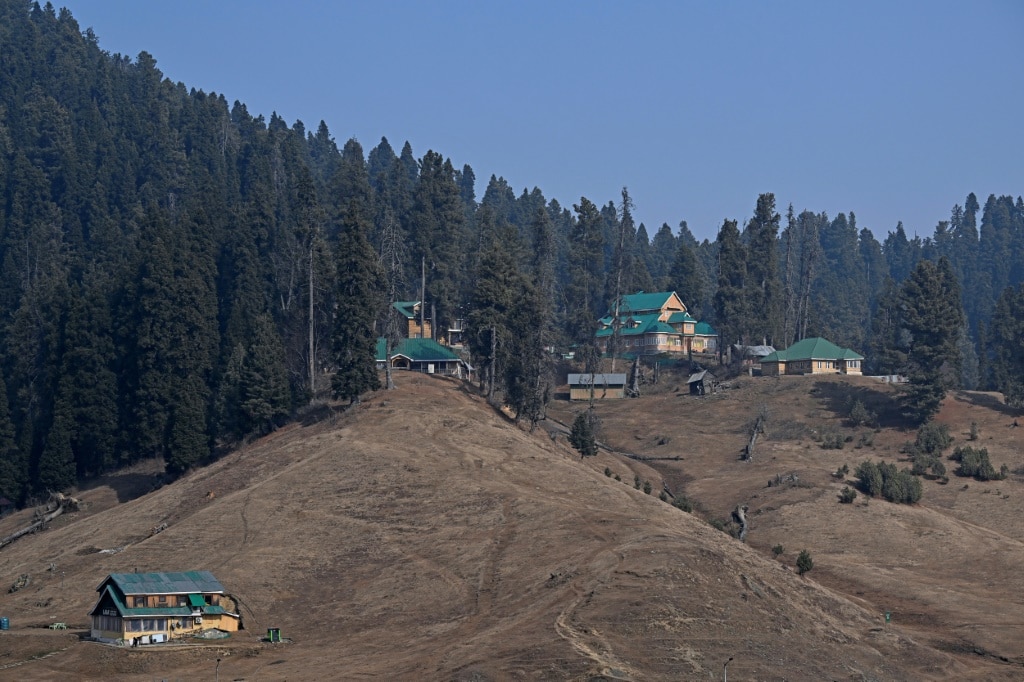Shrinking snow depth threatens Australia’s ski industry
The ski industry faces a future of uncertainty and shorter seasons with snow cover expected to continue to decline, as experts emphasise the need for adaptation and strategic planning.
Australia’s billion-dollar ski industry is set for a future of uncertainty and shorter seasons as maximum snow depths plummet, the nation’s top science research body has warned.
A CSIRO report highlighted that despite year-to-year variability, maximum snow depth across the Snowy Mountains had decreased every year for the past 70 years, while modelling from the Australian National University predicted the ski season could be half its current length by 2050.
CSIRO senior research scientist Michael Grose, who co-authored the report with scientist Kevin Hennessy, said snow cover over a whole winter season has “been going down and will continue to go down” and it was up to the industry to plan their future.

“It kind of makes sense, given the trends we’ve had in terms of warming temperatures, and also reduced precipitation,” Dr Grose said.
“It means the snow industry is going to have to adapt and change. And it does have a strategic plan of action in place about how to deal with the changing environment.”
Sporadic seasons and climate challenges are an inevitability the industry has been long preparing for, according to the Australian Ski Areas Association’s Noel Landry.
Mr Landry said that preparation would ensure viable snow seasons in the future for skiers not unlike those they have enjoyed in recent decades.

“We in the Australian ski industry understand and accept the unpredictability that comes with the alpine environment and this is why Australian resorts are leaders in embracing new technology and year-round investment to adapt and mitigate against the season-to-season variability of weather and snowfall,” Mr Landry said.
“From grooming to snow-making, Australian ski areas are some of the best in the world at snow management, which is why skiers and snowboarders at Australian resorts are in general enjoying more days on the slopes, not less, compared with 40 years ago, despite the challenges of climate changes.”
The early season this winter has required plenty of that snow management, with snow report site Mountain Watch listing three of Australia’s most popular ski locations as having their snow machines working hard for “groomed” runs this weekend.
Only a fraction of lifts were in action at each resort, with Mt Buller leading the way with four, followed by Thredbo with three and Falls Creek with two.

Dr Grose also pointed out that the industry is looking for other ways to maximise the environment and infrastructure that would otherwise be getting used less and less with every passing season.
“Our alpine communities and the ski industry are very aware of our changing climate and have a strategic plan to respond, including expanding focus to mountain biking, hiking and so on,” he said.
“Even with major changes due to a warming climate, our mountains will remain important ecological habitats, and beautiful places to visit.”

Although ski seasons would continue to get shorter up to 2050, doing what can be done to combat climate change now would help prolong the length of ski seasons in the back half of the century, according to Dr Grose.
“The overall long-term trend is that it will be well down by mid century and beyond,” he said. “But how much it reduces, and how fast, depends on how much climate change we get.
“That depends on the global effort to reduce greenhouse gas emissions and getting us towards low or net zero carbon emissions.
“If we do reach a lower scenario, then obviously the reduction will be less during the last half of the century. If it’s higher than that, it’ll lose more.”
As for snow-making as highlighted by Mr Landry, Dr Grose said it wasn’t a cure-all, as cold weather was still needed for snow whether it be natural or man-made.
“Snow-making is a currently useful tool for ski resorts, but is not a silver bullet and has limits,” he said. “It is currently thought that opportunities to use it will decline over coming years, but it may still be of some use until at least mid-century.”







To join the conversation, please log in. Don't have an account? Register
Join the conversation, you are commenting as Logout